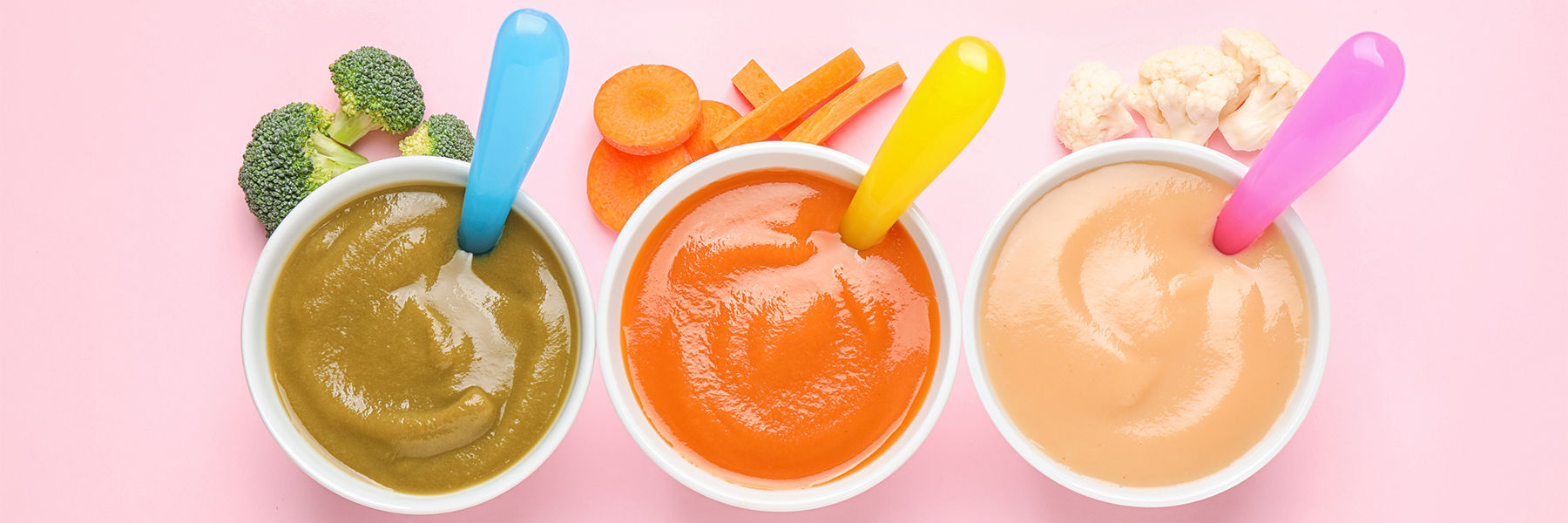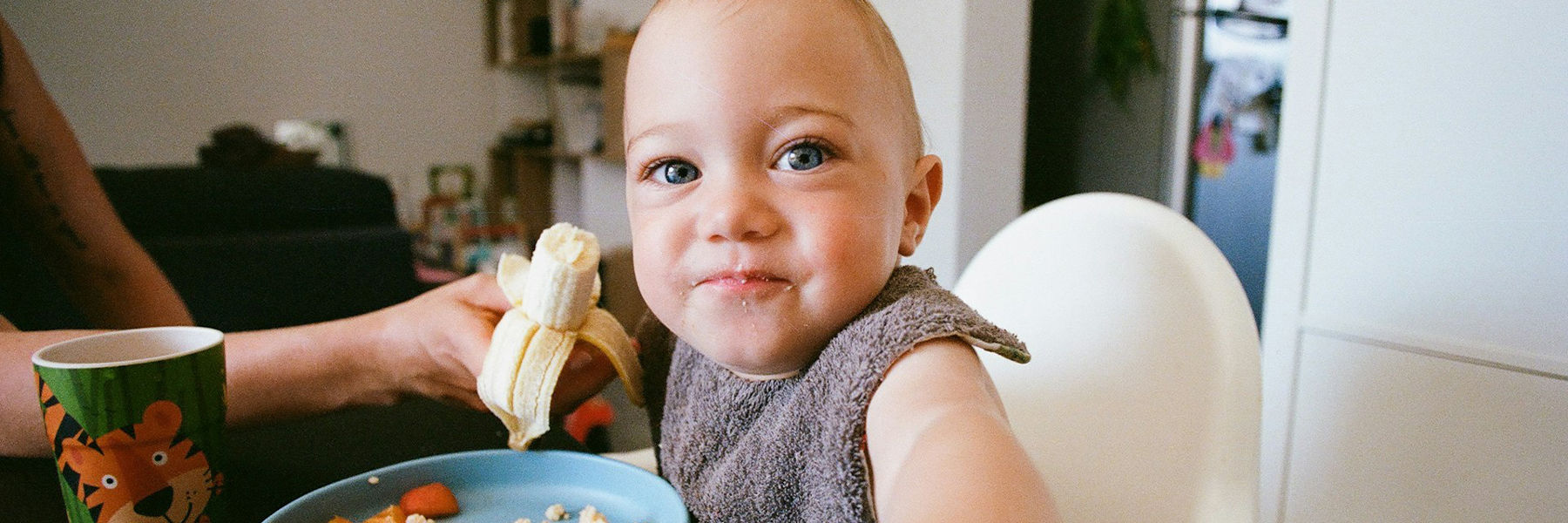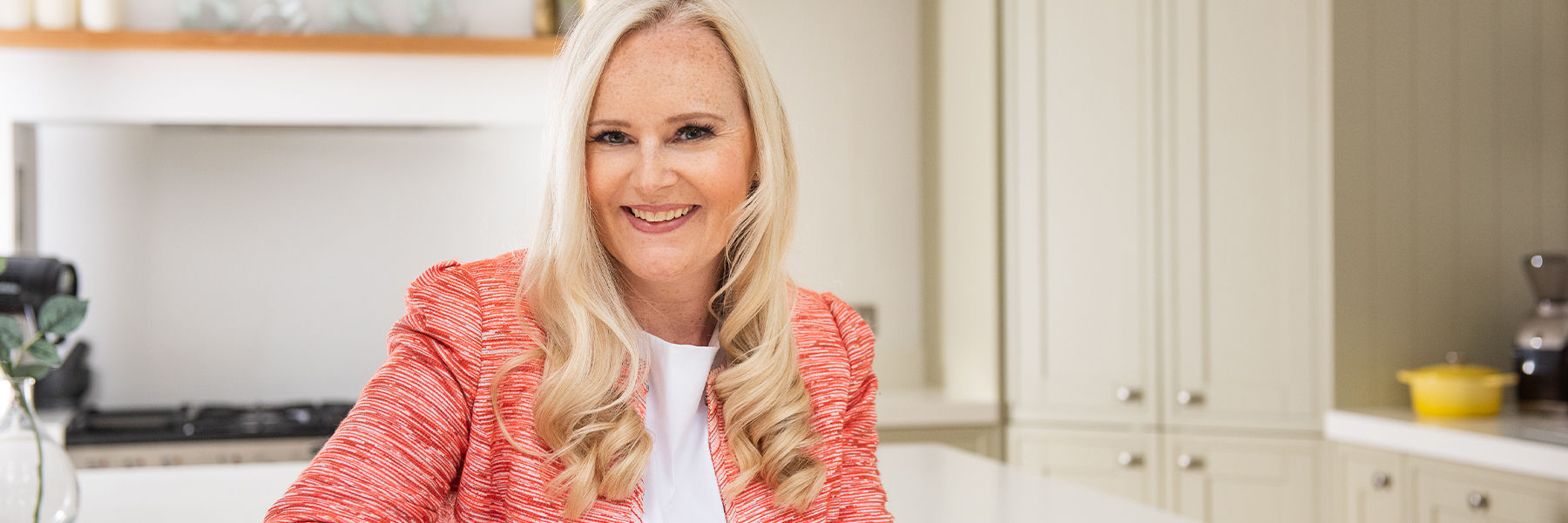Use arrow keys to navigate through the menu items. Use Tab key to navigate through the menu banners.
Portion Sizes

Portion Sizes
How much food should you give your baby? Registered Dietitian Sarah Almond Bushell shares her expertise
As a children’s dietitian, one of the most frequent questions I get from parents is about their baby's food portions. And I totally get it! Every parent wants to ensure that their little ones are eating enough to grow and thrive, especially during the weaning phase.
But here's something interesting – did you know there are no official guidelines for baby portion sizes? That's because every baby is unique and may have different needs. While some babies may eat three solid meals a day soon after starting weaning, others may take their time and increase their food intake gradually.
It's common for some babies to initially find solid foods strange, especially if they're used to their milk. But with time, they learn to enjoy new textures and flavours.
How do I tell if my baby is eating the right amount?
It’s natural to want to ensure your little one gets all the nourishment they need. Luckily, there are some clear signs that can help ease your mind and let you know that your baby is growing well and thriving.
One of the most obvious signs is that your baby is gaining weight and growing. Another great indicator is that they are happy and active, kicking their little legs and cooing up a storm. And let's not forget about the importance of wee and poo patterns! Keeping an eye on these can also give you a good sense that everything is on track.
When you take your baby to the clinic for regular check-ups, your health visitor will keep an eye on these things and record them in your child's personal health record, also known as the "red book". When you see that your baby is following the growth curve for their age, you can feel confident they are thriving and on the right path.
Feeding your baby at 6 months
Introducing your baby to solid foods is about getting them used to new flavours and textures, so start by offering just one meal a day. Don't worry if they don't eat much initially – adjusting to the new experience takes time!
If you're following baby-led weaning, you may notice that your little one eats less than babies who are spoon-fed with purees. But that's okay because they're also learning to handle food and develop their motor skills.
Once your baby is about six and a half months old, it's time to start thinking about introducing more meals each day alongside their milk feeds.
Feeding your baby at 7-9 months
Between seven and nine months, your baby should still have three to four milk feeds daily, whether breast milk, formula, or a mix. The recommended amount for formula-fed babies is around 600ml per day.
But now it's time to start serving your baby three meals a day. Each meal should include a variety of food groups (think carbs, protein, dairy or dairy alternatives, fruit, and veggies) and different textures (soft lumps, mashed foods, finger foods) so you can help provide them with the optimal nutrition they need to grow and flourish.
And here's a fun fact: spacing out meals and milk feeds can help your baby learn about their appetite, hunger, and fullness cues. So not only will you be helping them develop their eating skills, but you'll also be giving them the tools they need to regulate their own intake.
Feeding your baby at 10-12 months
As your little one grows, their diet should evolve, too. By the time they reach ten to 12 months old, they should be well on their way to becoming a pro at weaning. This means they'll likely be drinking breast milk or formula just two to three times a day and eating three meals in between.
But here's the thing: if your baby is still drinking more than 400ml of formula milk a day, they may not be getting enough nutrients from solid food (some babies are just milk guzzlers and adore their milk). That's where you come in! Encouraging your bundle of joy to cut down on milk and enjoy a variety of nutrient-packed foods will help them get the vitamins and minerals they need to grow strong and healthy.
When it comes to mealtimes, don't be afraid to get creative! Your little one can now enjoy minced or chopped versions of what the rest of the family eats, finger foods, and even crunchy bites. This will help them develop their eating skills and ensure they get all the nutrients needed to thrive.

How can I tell if my baby is hungry or not?
Did you know babies are experts at regulating their food intake based on their hunger levels? It's true! However, as parents, we sometimes try to encourage them to eat a little more. The secret to feeding your little one just the right amount is paying close attention to their cues. Watch out for signs of fullness or hunger; you'll know exactly when to stop offering more food. It's all about listening to your baby and trusting their instincts!
Signs your baby might be hungry:
-
reaching out for food
-
showing excitement at the sight of food
-
pointing at food
-
moving their head towards the spoon
-
making sounds or crying to indicate hunger
-
appearing fussy or crying
Signs your baby might be full:
-
turning their head away from the spoon
-
slowing down with their eating
-
getting distracted by their surroundings
-
throwing food on the floor
-
crying or shaking their head to say no
Why does my baby's appetite vary?
You may notice that your baby’s appetite fluctuates from day to day. Don't worry, it's completely normal! Various factors like growth spurts, developmental milestones, and activity levels may influence your baby's hunger. For instance, when they start to crawl, stand, or walk, you may notice that they eat more than usual. Or, when they are learning a new skill, they may need a little extra energy boost from food.
On the flip side, there may be times when your baby eats less or seems uninterested in food. This could be due to factors like teething, feeling tired or unwell, or simply not being hungry. Even the weather can play a role – just like us, babies may lose their appetite during a heatwave.
It's important to remember that your baby has their own unique appetite and that it's okay if they eat less or more on some days. Just keep an eye on their overall eating habits and ensure they're getting various nutrient-dense foods, and they’ll continue to grow and thrive!
So don't stress too much about the portion sizes – just follow my guidance and enjoy this exciting phase with your little one.

About Sarah
Sarah Almond Bushell is an award-winning Registered Paediatric Dietitian, an ex-NHS Consultant of 25 years, and founder of The Children’s Nutritionist. Her mission is to help parents raise their children to be happy, healthy eaters right from the start.
Help & Customer service
- Help Centre
- How to shop
- Product recalls
Payment Methodslist with 8 items
- Asda Group of Companies
- Modern Slavery Statement
- Electrical Waste Recycling
- Terms & Conditions
- Customer Review Policy
- Privacy Centre
- Cookie Settings
- Accessibility
© ASDA 2025